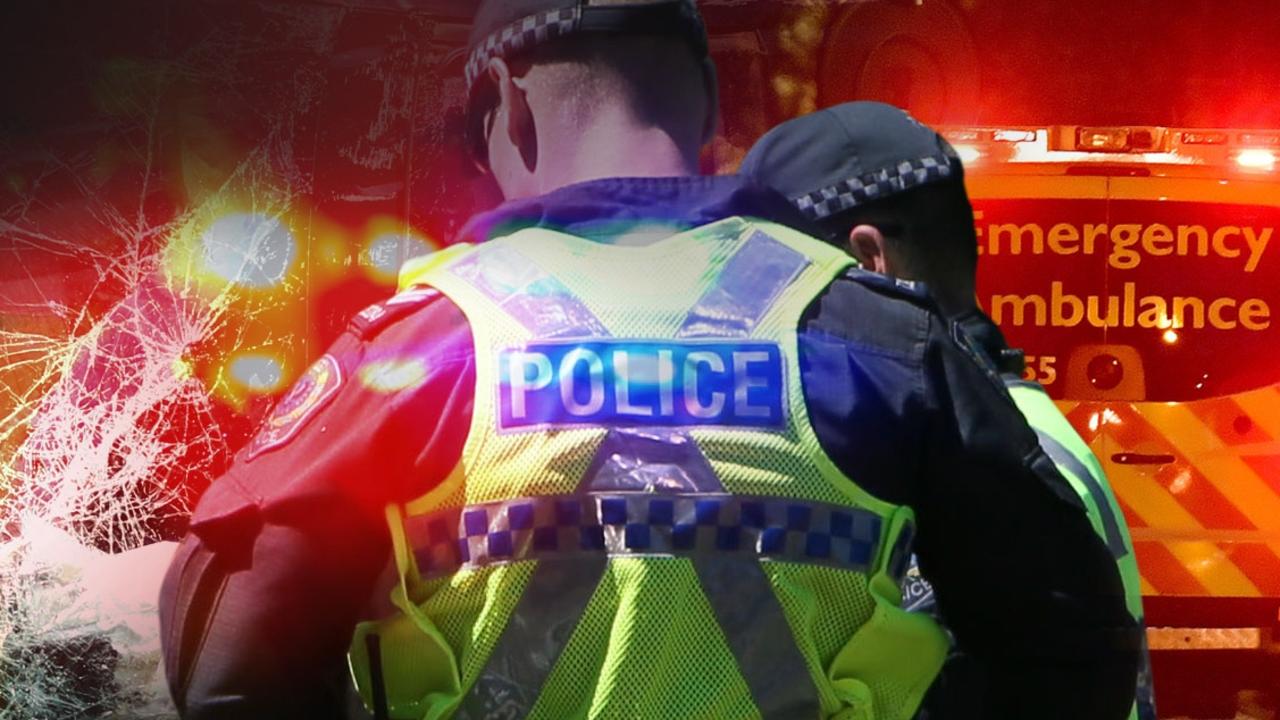Algae bloom hits Coorong lagoon in SA for the first time as experts fear impact
Experts say the never-before-seen algal bloom has entered the Coorong waters with “hundreds” of dead fish and worms already.
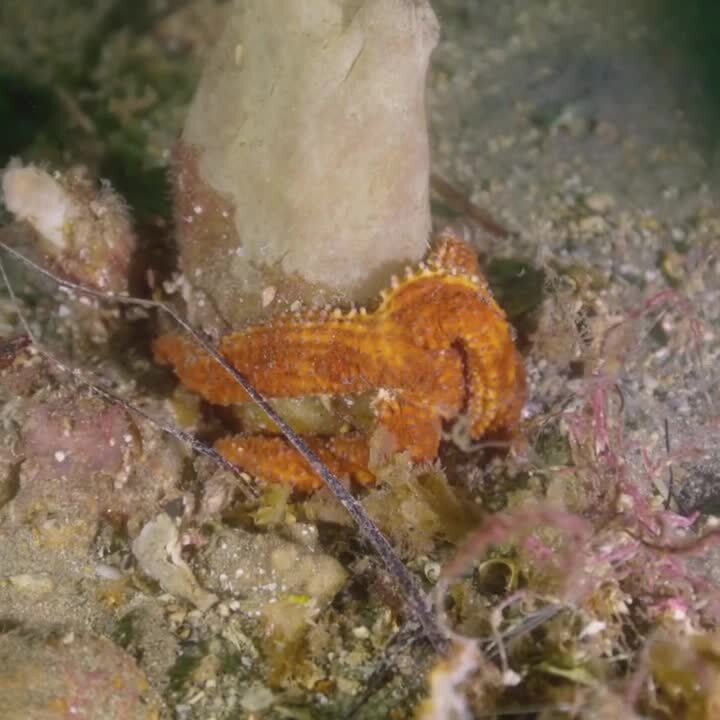
A toxic algal bloom has reached the north lagoon of the Coorong for the first time, killing an unknown number of fish after last week’s severe weather created a storm tide.
The algal bloom – karenia mikimotoi – has devastated marine life and beaches across the Fleurieu Peninsula, Kangaroo Island and the southern coast of Yorke Peninsula over the past weeks, causing water discolouration, thick foam and killing fish, sharks, rays and seahorses.
It has now seeped into the north lagoon of the Coorong – about 160km southeast of Adelaide – with the Coorong Environmental Trust saying it appeared late last week.
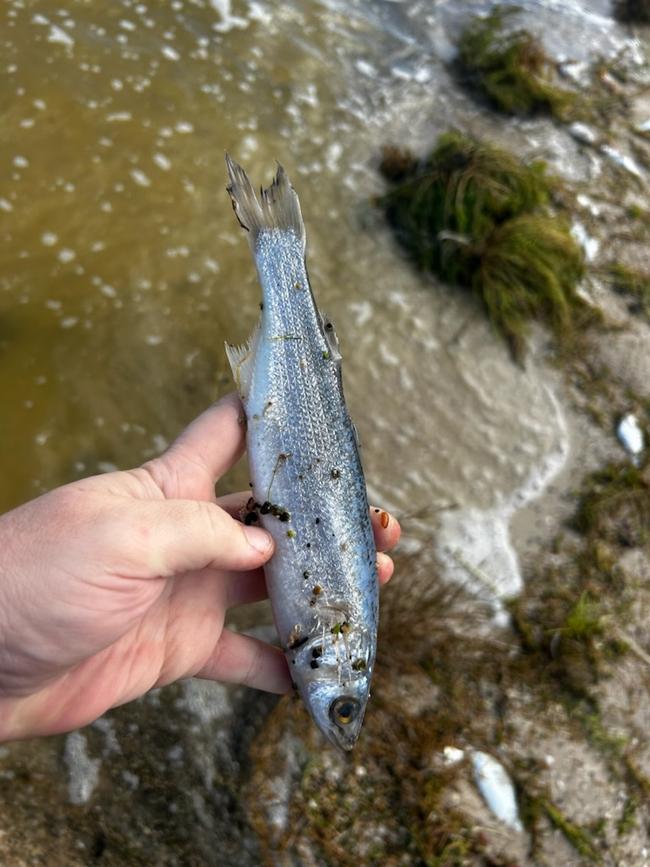
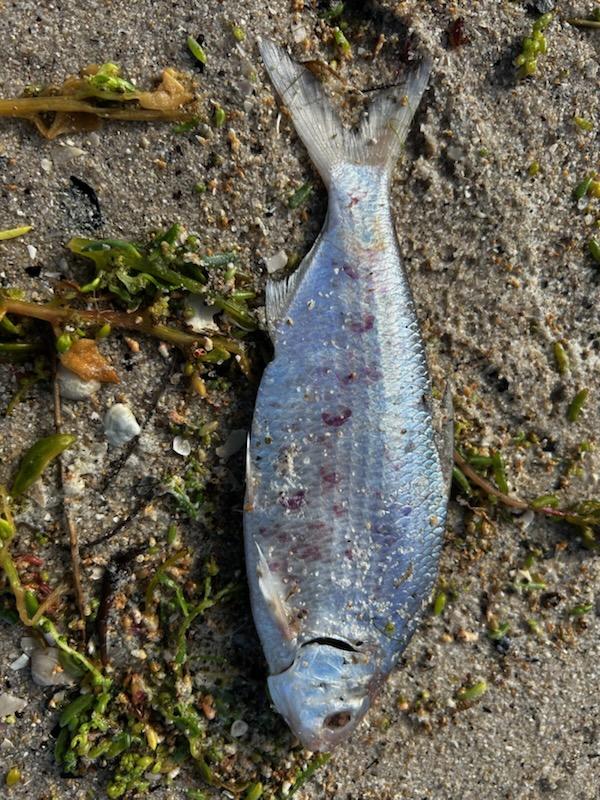
Ecologist and Coorong Environmental Trustee Faith Coleman said she was taking water samples to determine the extent of the damage, but had already noticed “mixed bloom in the north lagoon”.
“When you put the microscope on it … (it’s an) incredible mix of bacteria and phages, which are tiny, tiny, tiny creatures,” Ms Coleman said.
“It’s quite thick and it includes several hazardous algal bloom species because over time, they get into the Coorong and then they don’t get out again. There’s no way of flushing the Coorong.”
Ms Coleman said early investigations indicated marine creatures, including hundreds of fish, had died since last week’s weather event.
“We think (they) died from a solid mix of salinity and sediment resuspension,” Ms Coleman said.
“In among that was literally hundreds, per square metre or so, little tiny dead fish of indeterminate species that we can see in photographs. There’s probably a heap of larvae and things that we can’t see.”
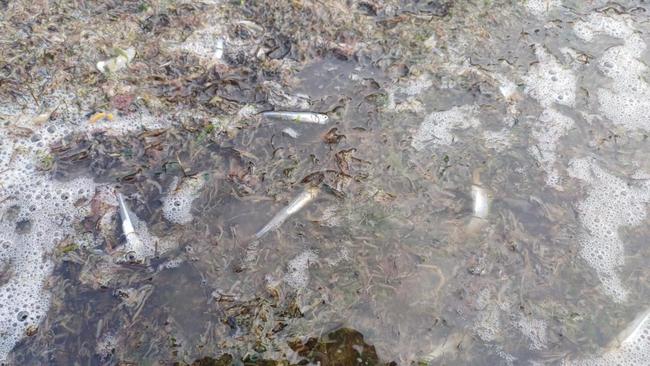
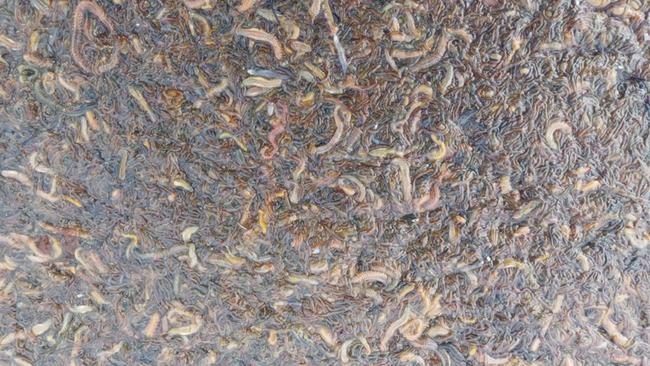
Experts believe above-average sea temperatures have contributed to the algal bloom – with water currently 2.5C warmer than usual – as well as calm marine conditions with little winds, and small swells.
More nutrients in the sea brought by the River Murray floods and an unusual cold-water upsurge have also contributed.
Ms Coleman said “water level retreating” after last week’s storms brought “high in nutrients” waters from the south lagoon into the north lagoon, where the karenia mikimotoi had been.
The Environment Department said the bloom was expected to last until the state received strong westerly winds – which typically happened at the end of April – but high pressure systems had delayed these winds.
“Similar outbreaks around the world have generally lasted between a week to several months depending on wind, rain and ocean temperature fluctuations,” they wrote in a statement.
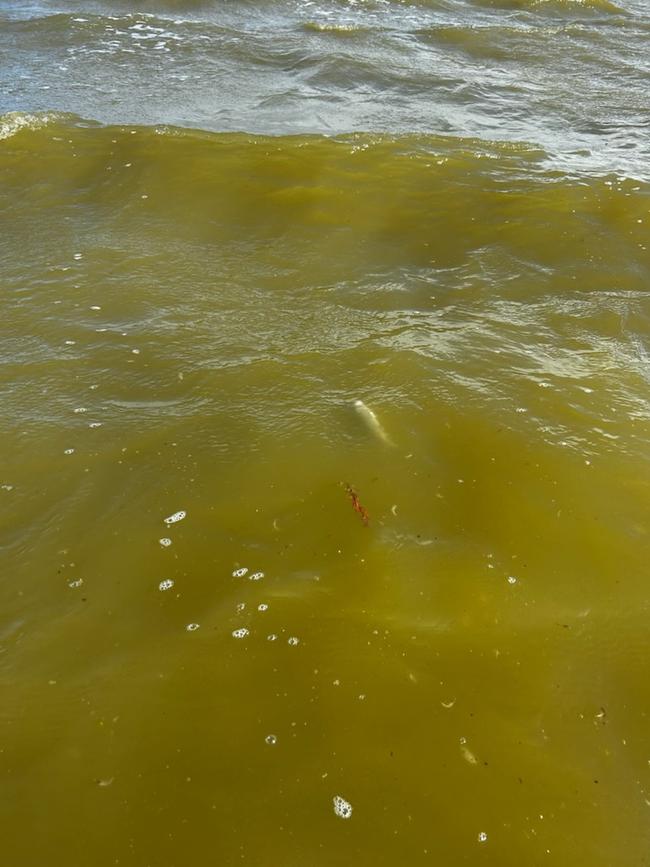
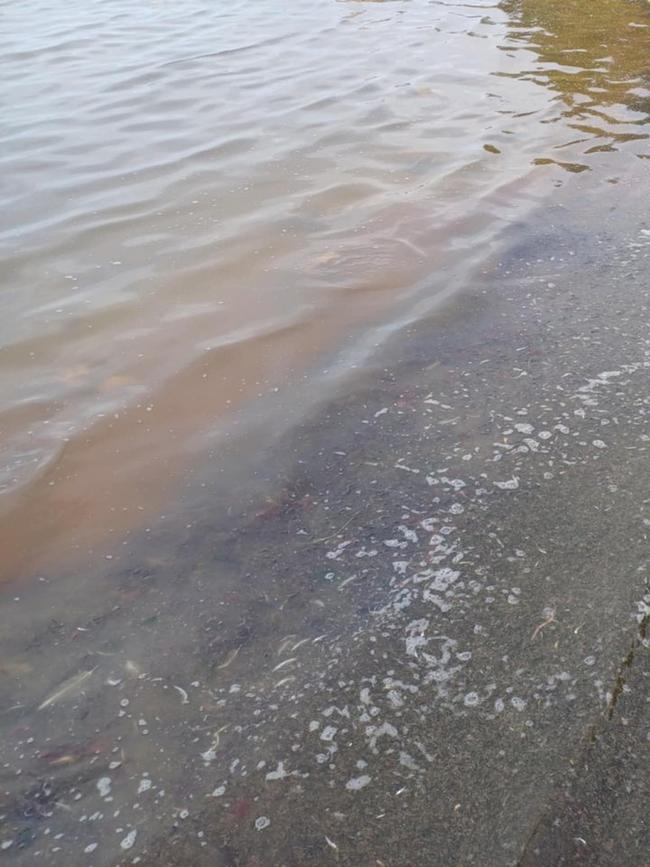
The department is still determining what effect the stormy weather conditions had on the algal bloom, including “its potential movement along South Australia’s coast.”
Experts say there’s no known solution to dilute or dissipate the bloom.
“I don’t know how to fix it and it’s going to take time to try and work out how we can make this better because it’s just devastating,” Ms Coleman said.
The karenia mikimotoi does not cause any long-term harmful effects to humans but discoloured and foamy water can cause eye and skin irritation, and respiratory symptoms.
Swallowing water affected by the algal bloom can also cause gastrointestinal symptoms.
The 100km Coorong lagoon stretches from the Murray Mouth to Kingston, with the north and south lagoon’s divided by Parnka Point – the narrowest point along the Coorong.
More Coverage
Originally published as Algae bloom hits Coorong lagoon in SA for the first time as experts fear impact





